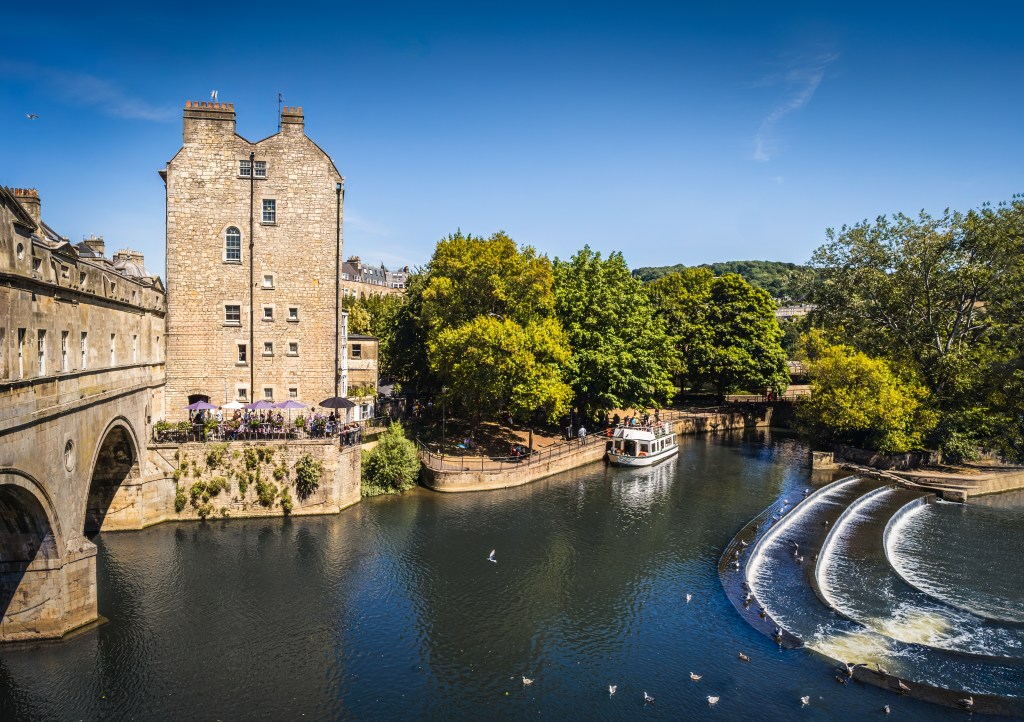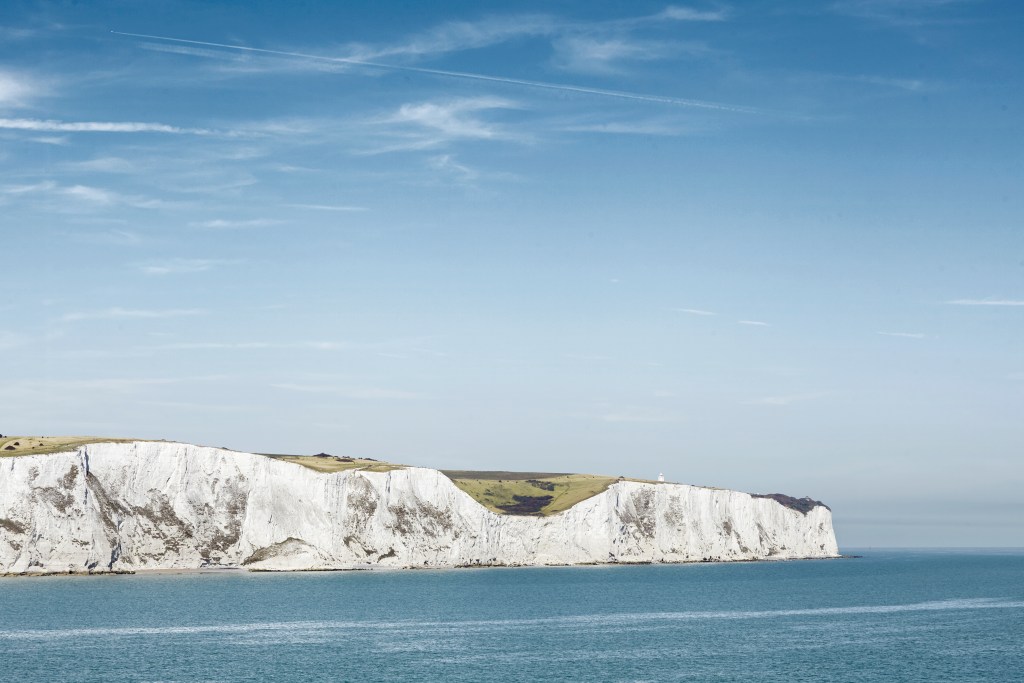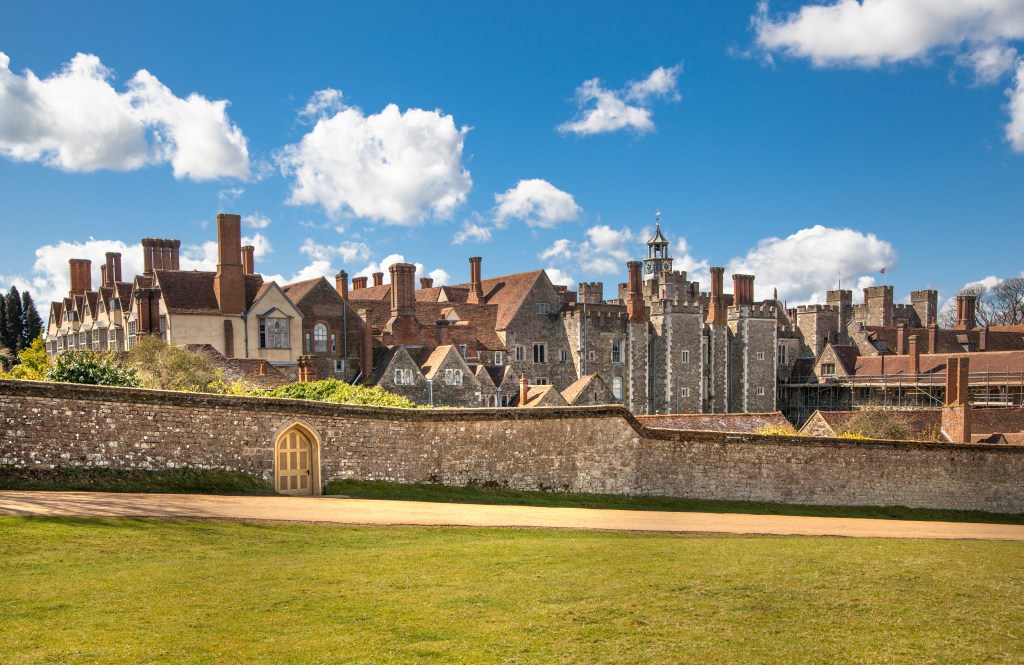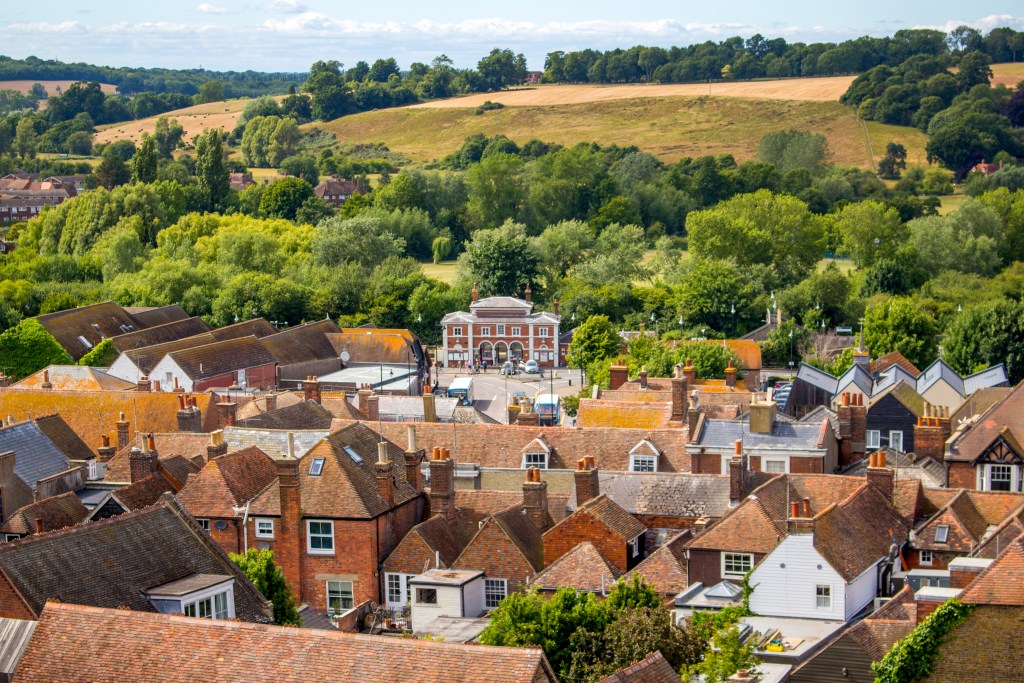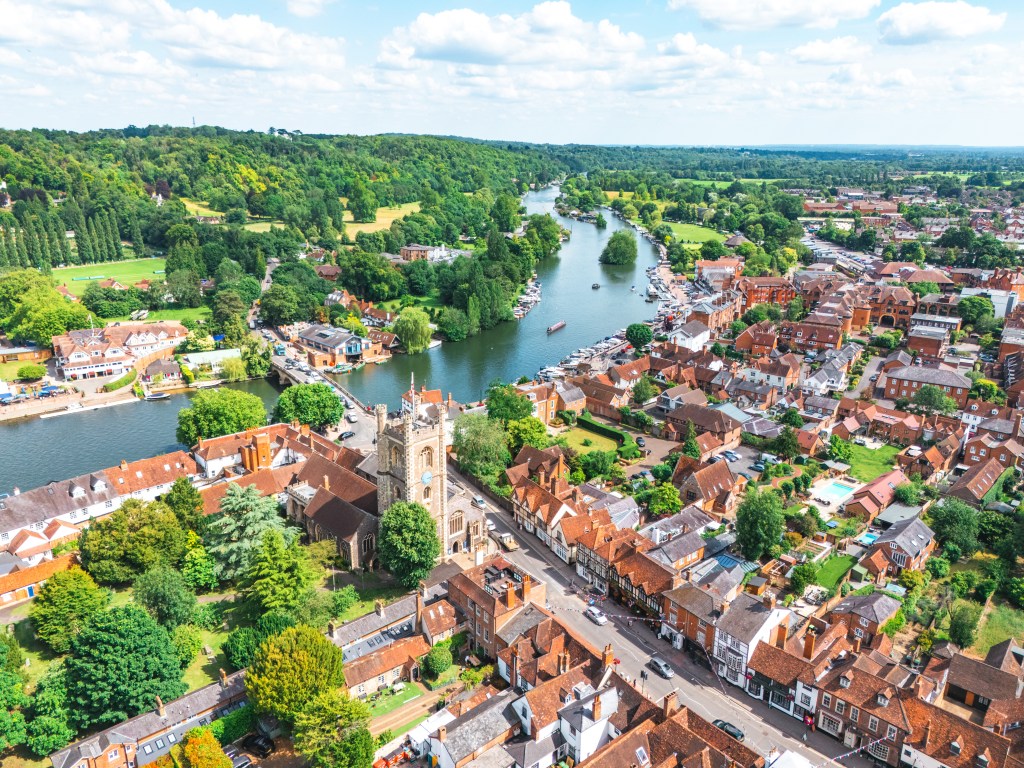When it comes to New York, there are three areas that tourists are usually familiar with.
The first is New York City—there’s not much to say about the Big Apple except that it considers itself the cultural center of the universe, and a good number of people would agree.
Long Island is usually close behind. While not too many tourists make it to Long Island, it’s home to well-known areas like the Hamptons and Fire Island.
Then comes Upstate New York.
It’s common to think that upstate comprises the rest of the state—which is further north than NYC and Long Island. In reality, ‘upstate’ refers to the northeastern portion of New York.
It’s home to places like Niagara Falls, the Catskills and Adirondack Mountains, the Finger Lakes, and the state capital of Albany. But, aside from well-known spots like Hudson Valley and Lake Placid, most travelers know little about upstate.
Ready to pull back the curtain on affordable Upstate New York towns to visit that won’t break the bank? Here’s your guide to landing a slow, relaxing vacation.
Affordable Upstate New York towns to visit
- Seneca Falls
- Watertown
- Newark
- Hornell
- Elmira
- Cortland
- Rome
- Corning
- Glens Falls
- Celoron
Affordable Upstate New York towns to visit
Seneca Falls
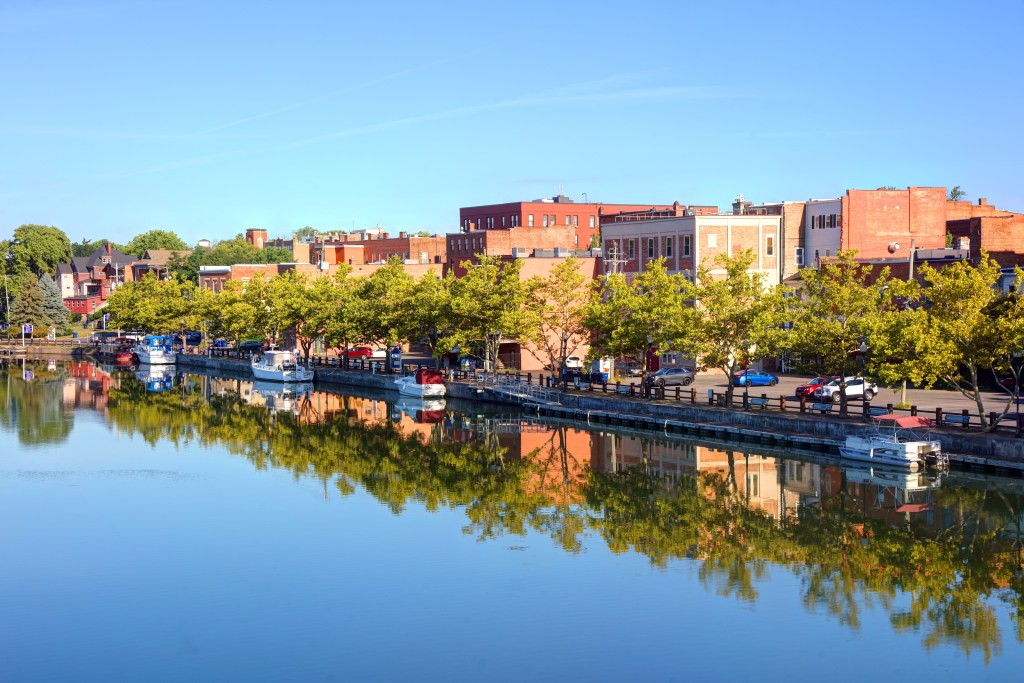
If you like nature and love history, Seneca Falls has all the trappings of a quaint Upstate getaway—with the slashed prices. While the city itself isn’t the cheapest, the activities available are mostly free or are highly affordable, such as the Women’s Rights National Historical Park, Seneca Falls Canal Walk, Cayuga Lake and Seneca Lake State Parks, and a charming downtown area.
If you really want to save and are on good terms with Mother Nature, go camping—there are plenty of great spots that are free or low-cost.
Watertown
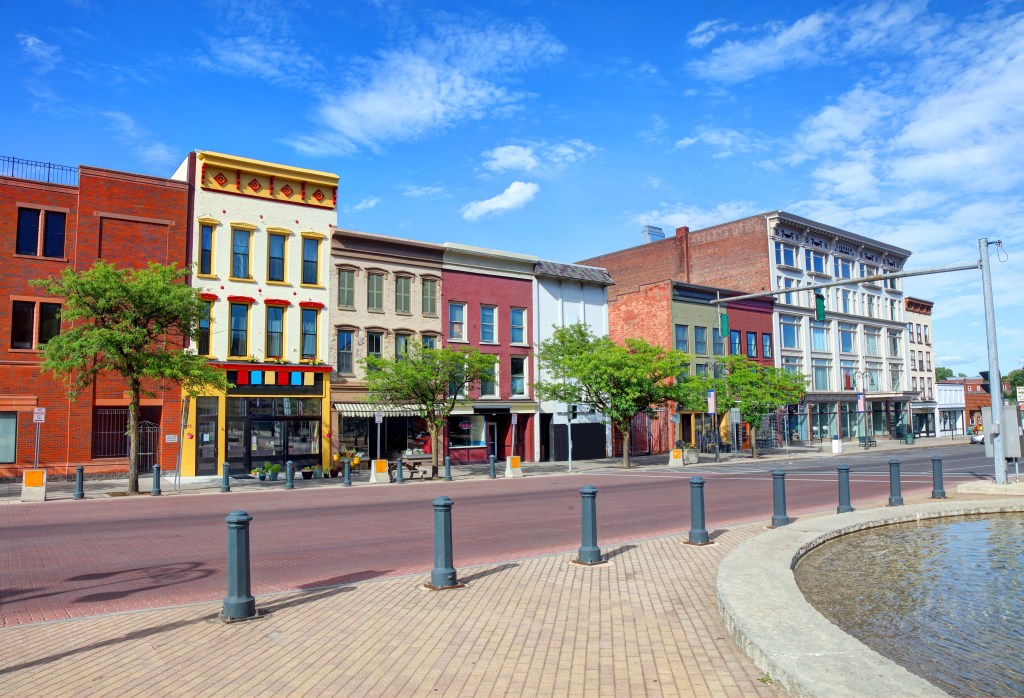
Want a smiley, friendly community? Watertown is one of the most welcoming affordable Upstate New York towns to visit. Despite its small size, it packs a punch when it comes to outdoor recreation and historic charm. The downtown drag is dotted with historic buildings, along with mom-and-pop shops where locals are happy to share what makes Watertown so unique.
Newark
Yes, New York has its own Newark—and it’s nothing like its New Jersey counterpart. It’s quiet and close-knit, giving you the keys to a low-key trip. There’s also quite a bit of revitalization happening, meaning you can check out new shops and venues around town. It also has a small arts community that’s very LGBT-friendly.
Hornell
Often known as Maple City thanks to its large maple tree groves, Hornell is an affordable hub that showcases a new side of Upstate New York. Along with friendly locals, a walkable downtown area, and public holiday celebrations, you can hike and wander through some of the state’s most secret parks and forests. That’s because Hornell is located in the stunning Canisteo Valley.
Elmira
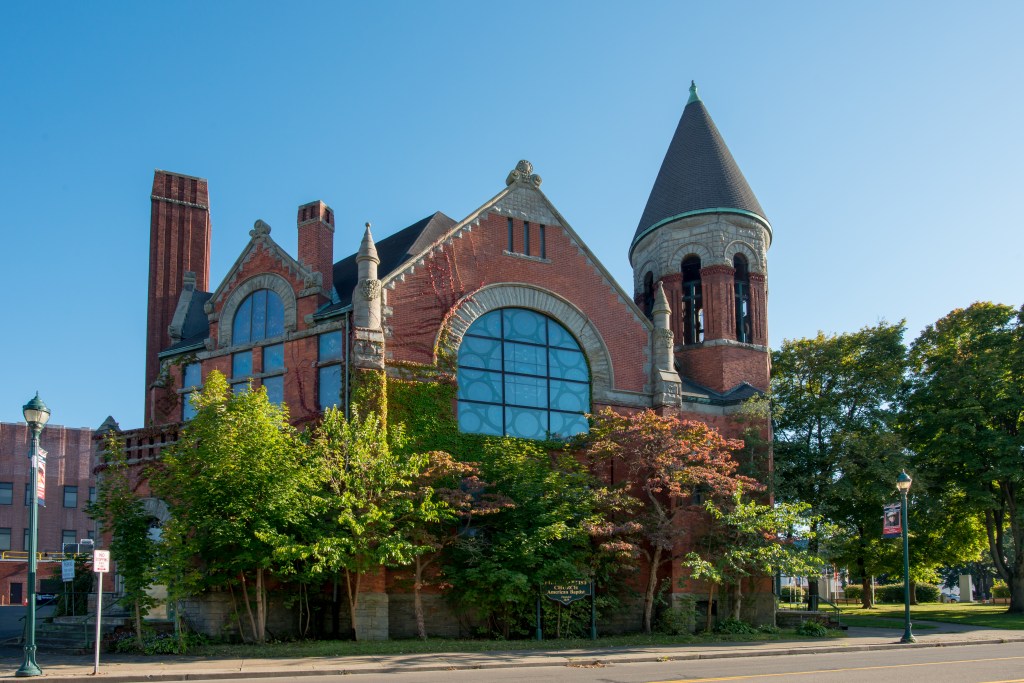
Welcome to one of Mark Twain’s summer abodes, where he wrote some of his most famous works and was later buried. It’s not hard to see why the famous writer liked the area—situated amid the mountains and near the Chemung River, Elmira showcases some of the most stunning natural corridors in Upstate New York. It’s also part of the Finger Lakes Wine Country, making it easy to visit a local winery.
Cortland
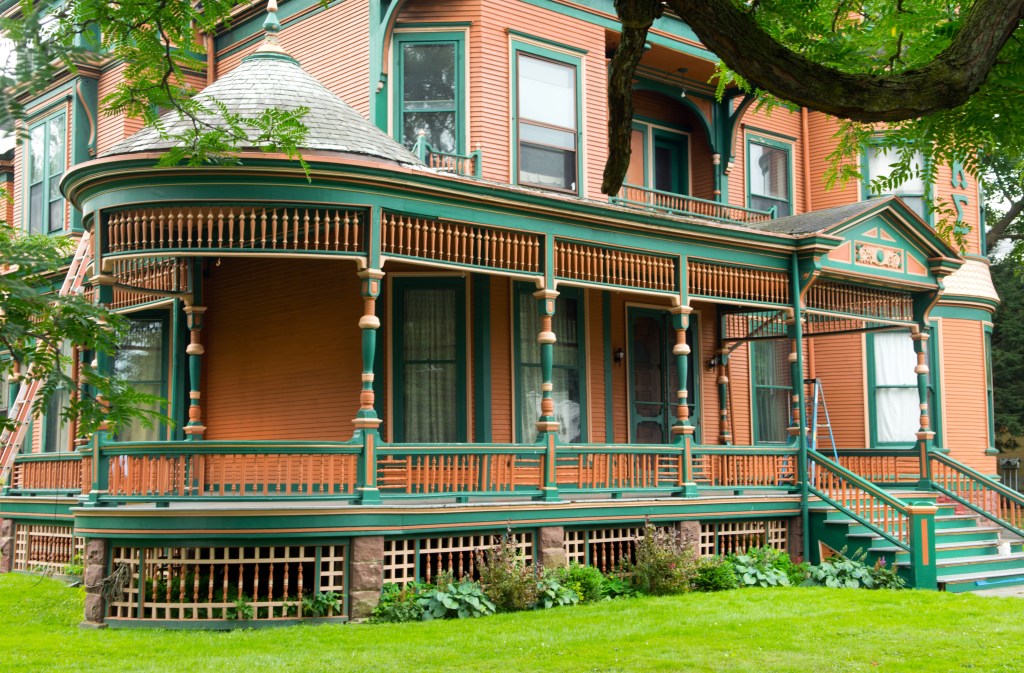
Thanks to the SUNY Cortland campus, this town isn’t really a secret—but it’s one of the most affordable Upstate New York towns to visit any time of year. The community is friendly and close-knit, public parks and extensive hiking trails are within reach, and the downtown area has plenty of shops and restaurants to explore. On foot, I might add.
Rome
History fans will do well in Seneca Falls or Rome. Rome is sometimes called the City of American History thanks to its role in the Revolutionary War. You can visit a nearby fort, which is also a national monument. Nature is also yet another reason to visit. You can take the Mohwak River Trail, explore the Delta Lake State Park, and check out the ultra-unique Rome Sand Plains, home to pine barrens just like those in New Jersey.
Corning
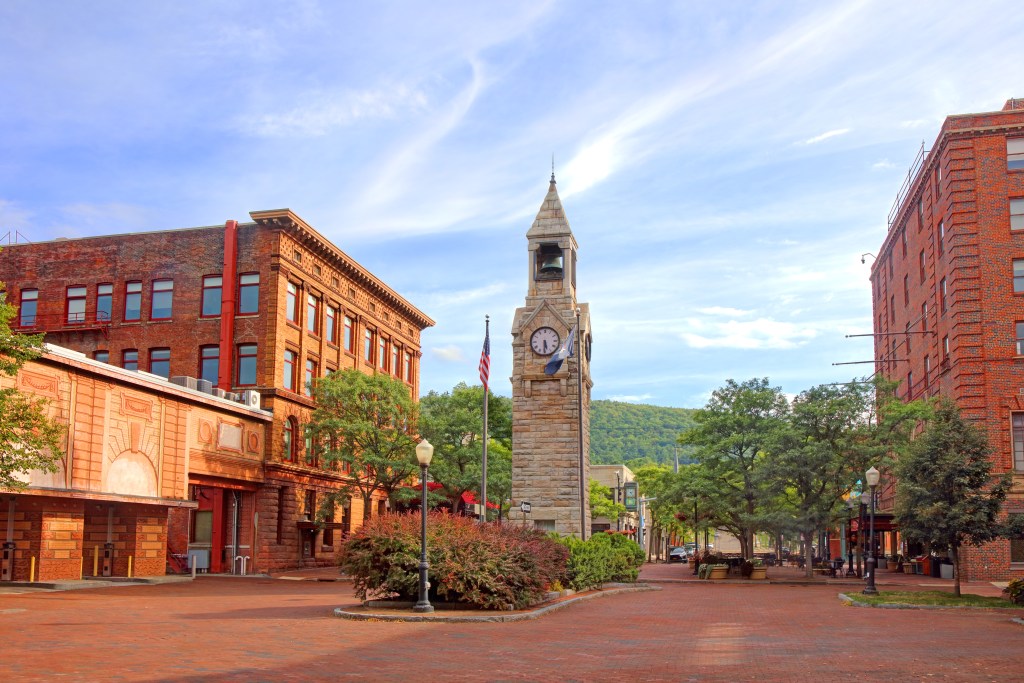
Considered one of the friendliest and most affordable towns in the Finger Lakes region, there are plenty of reasons to visit Corning. First, it’s close to the Finger Lakes, giving you access to trails and waterside activities. Second, it’s got a lovely little downtown market area, known as the Gaffer District. Third, and most importantly, it’s got the Museum of Glass. There, you can learn about the history of glassmaking and even try your hand at the ancient art.
Glens Falls
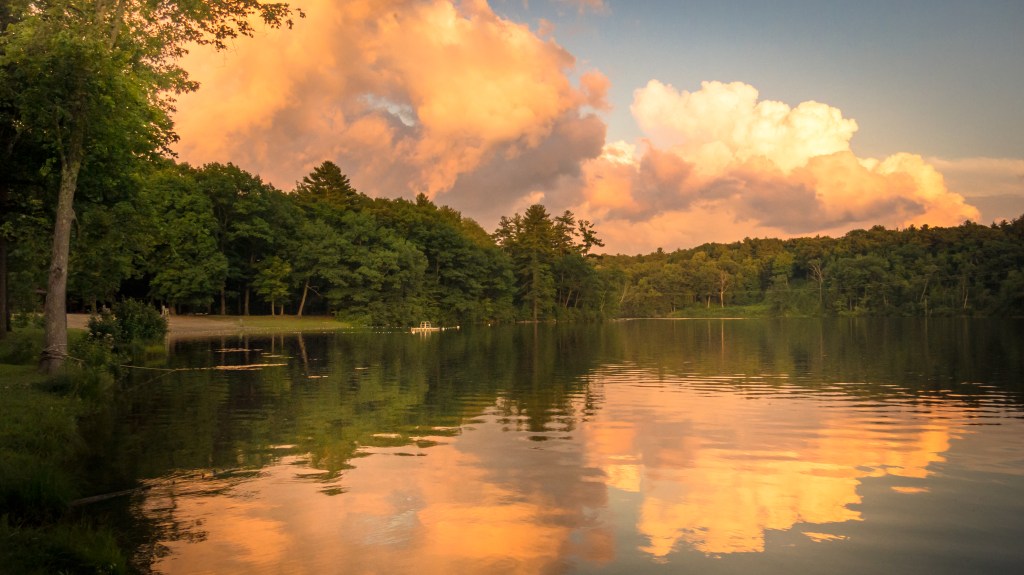
Glens Falls is the top pick for affordable upstate New York towns to visit for families. The town is overwhelmingly family-friendly, from its public parks to its wonderful library. It also has a few other secret ingredients, such as historic sites from the French and Indian War, tons of hiking and biking trails in the nearby Adirondacks, and a wonderful range of theatres and galleries, including the Hyde Collection.
Celoron
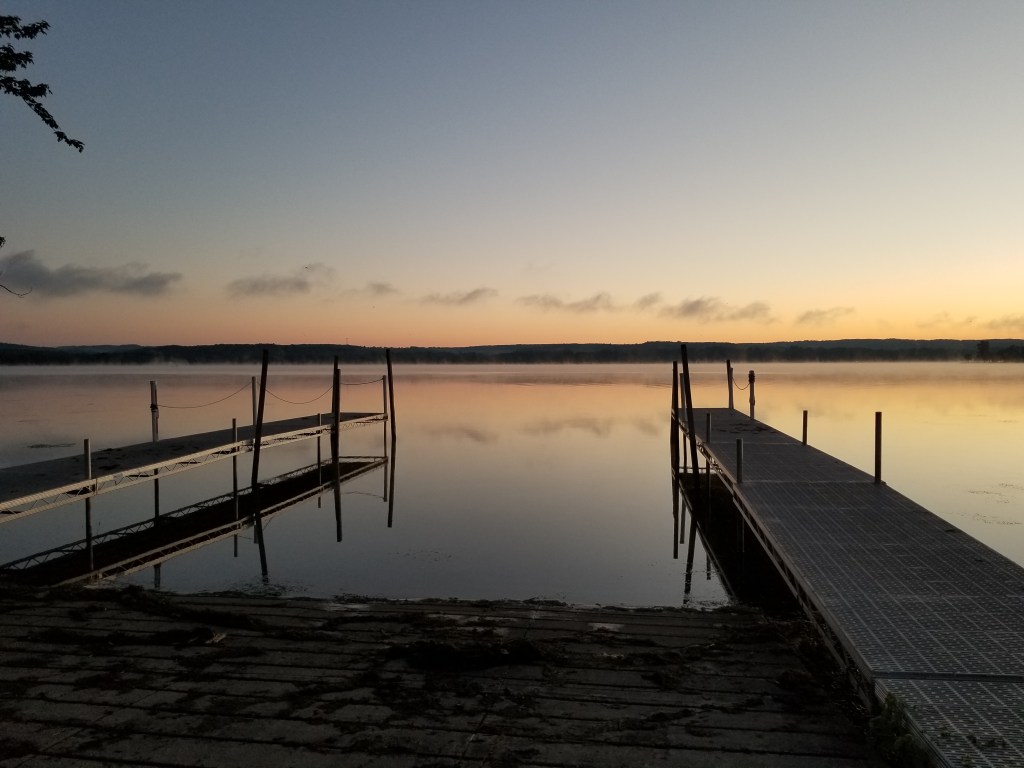
Located on Chautauqua Lake and the birthplace of Lucille Ball, Celoron gives you a balance of natural wonders and pop culture. (It doesn’t get any better for travelers like me.) As an added bonus, you also have access to the Lake Erie Wine Trail and will notice historic sites and buildings around the town, which date back to the 1700s.


